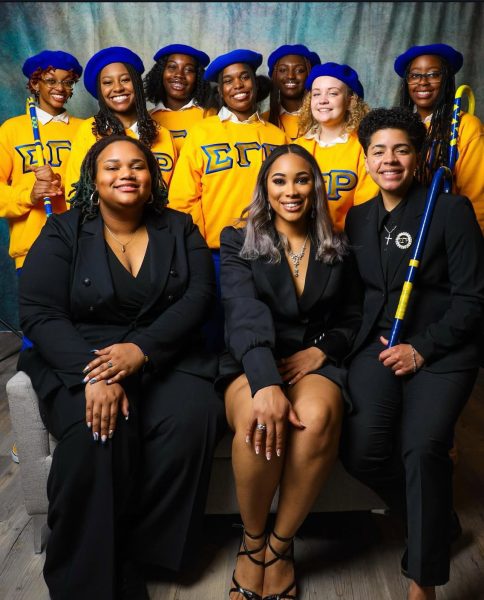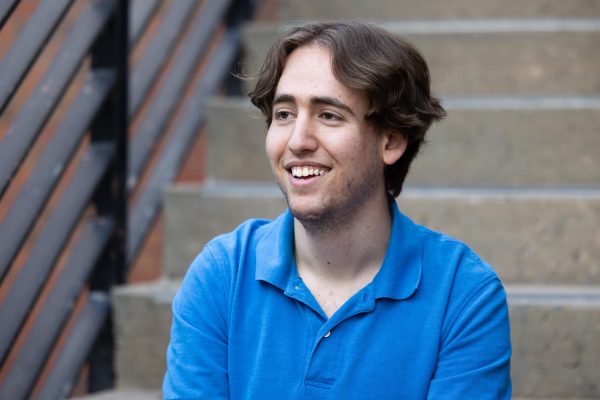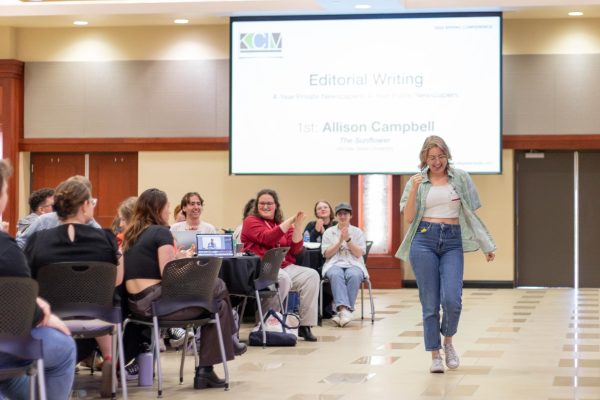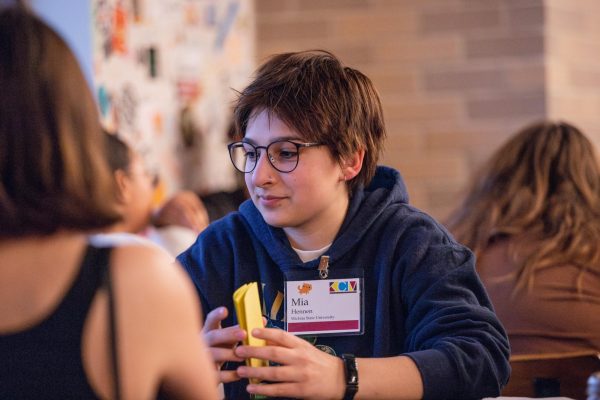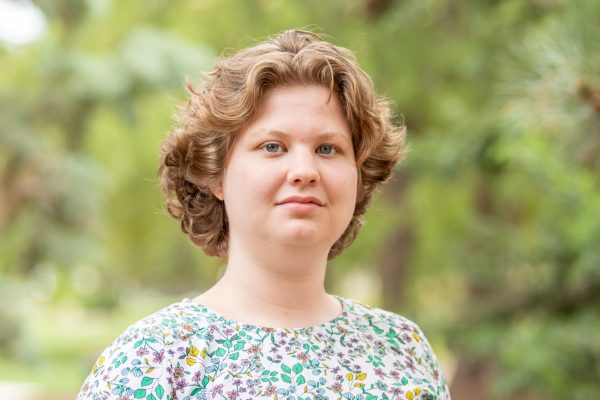Greatest challenge as an international student is work
Being an international student, and being on an F-1 student visa, made me realize that studying in the United States can be easy in some ways, but working at the same time is one of the greatest challenges. Besides being a full-time student, I am allowed to work on-campus without having any problems.
However, when I decided to work off-campus, I had to undergo a mountain of bureaucracy.
During the summer I had the option to work off-campus as a tennis coach at the Wichita Country Club with the help of the CPT application, which is short for Curricular Practical Training. The CPT is offered through Cooperative Education and requires taking one credit hour. The rule is that the desired position needs to be in the international student’s field of study.
I had to temporarily switch my major from political science to sports management in order to be eligible to work as a coach at the club. It also includes regular meetings with the Co-op supervisor, as well as with the chair of the particular major department. I had to write a paper about my work experience, and I also had a final meeting with the two just mentioned school officials, as well as with my boss.
The CPT is a very good option for international students to get some off-campus experience. However, I did not like the restrictions. I did not like the fact that I can only work in jobs that relate to my major. Even though it makes sense to work only in fields which are relevant to one’s major, I prefer to choose on my own where I want to get my experience from.
Nevertheless, I found a possibility to work outside of the campus in whatever job I want. Since my parents` income is not high enough to support me, I was told by the International Office that I am eligible to apply for a work authorization, which is due to severe economic hardship. If having just one job on-campus is not sufficient enough to afford all the living costs such as rent, electricity, food and car, it is legitimate to apply for the authorization and to work off-campus since the circumstances force the student to do so.
The authorization is limited to one year, and it is also limited to 20 working hours a week. The possibility to re-apply is given if the circumstances did not change. However, it is important to know that the processing of the authorization requires patience and it takes between two to three months until it can come into effect. I received an ID which shows all the requirements that make me eligible to work in a non-university institution.
I realized that with perseverance, and with getting as much information about my opportunities as possible, I could be able to work as an international student off-campus. Since my graduation date is coming up, I’m starting to think of other options to stay longer in the U.S. One option is to apply for Optional Practical Training (OPT), which is based on the same guidelines as the CPT, meaning that the occupation needs to be in one`s major field.
Another option would be to find a job, and to apply for the H-1B visa in order to be able to work legally in the U.S. for a limited time. The requirements for the H-1B are having a higher degree such as a Bachelor’s degree at the minimum, and to have an institution that’s willing to hire you.
The opportunity for foreign students to work in the U.S. off-campus legally, or even to continue with working after graduating, is definitely available. The art for the foreigners to seize this option is just to know who to ask for information, and to have patience and ambition to go through a lot of paper work.



